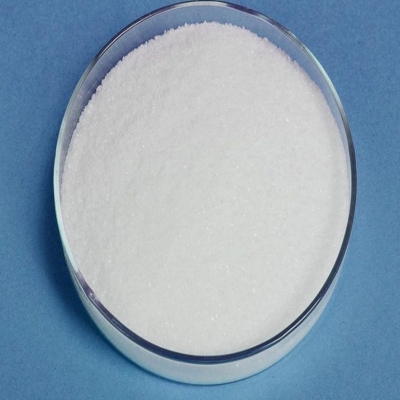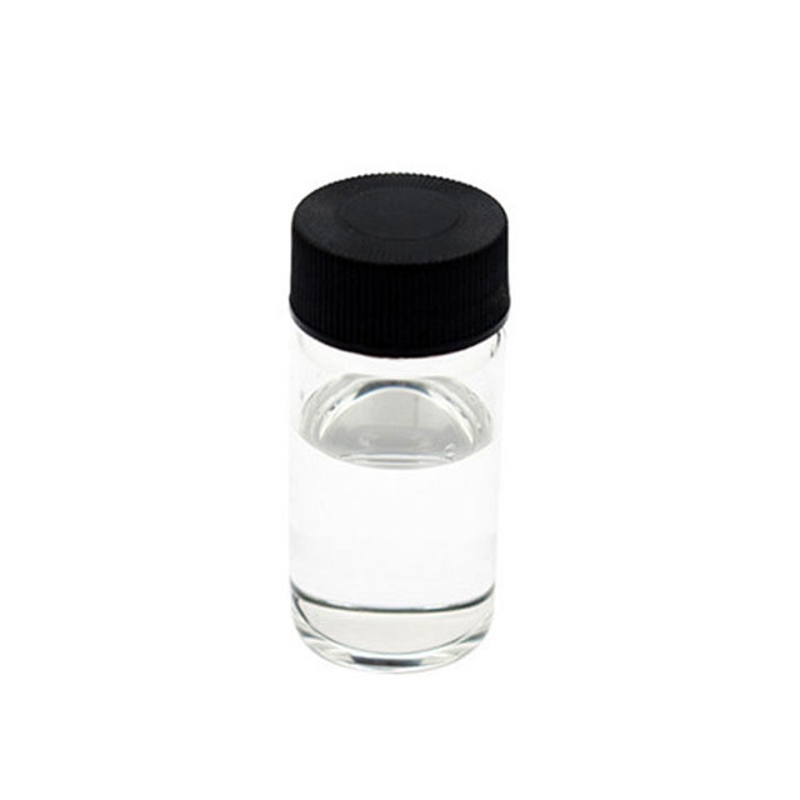New fluoroquinolones: Adverse reactions widely applied must be careful
-
Last Update: 2020-07-04
-
Source: Internet
-
Author: User
Search more information of high quality chemicals, good prices and reliable suppliers, visit
www.echemi.com
so far, fluoroquinolones have developed into a fourth generation, known as neofluoroquinolonesIn recent years, new fluoroquinolones have been widely used in clinical practice, but with the expansion of clinical application, these fluoroquinolonesadverse reactionshave emergedSome varieties even stop using or restrict use because of their potential severeadverse reactionsshould alert people to such drugsIn clinical applications involving multi-organ and tissue
researchers found thatdrugsadverse reactions of new fluoroquinolones can be shown
in multiple systems, organs and tissues in the bodyAccording to skin, allergic reactions caused by fluoroquinolones are the most common, accounting for 25.85 percent of the reported, and allergic reactions are dominated by rashes and urticaria, accounting for 19.42 percent of allergic reactions reportedPhototoxicity is one of the most important adverse reactions to fluoroquinolonesMild phototoxicity is mainly manifested in red spots, edema, dandruff and hyperpigmentation in the skin, and severe patients can develop painful blisters After discontinuation, most patients have their symptoms gone away within a few weeks and return to normal Adverse skin reactions caused by neofluoroquinolones were dose-dependent, not related to the patient's age, mainly due to the replacement of eight fluorine atoms in their mother's nucleus, such as flurosa, Lomesa, and Spasha, all 8 of the structures were replaced by fluorine, so there is usually a high phototoxicity The digestive response caused by the fluoroquinolones is mainly characterized by nausea, vomiting, abdominal pain, diarrhea, colitis, gastrointestinal bleeding, etc It was reported that 6% to 10% of patients with gatiquins and Mosissac would develop nausea, a rate similar to that of Gressa and Qufasa, which had a mild side effect of nausea with the left oxyfluorosa, but the incidence of vomiting and diarrhea was between 1% and 5% The circulatory system the circulatory system of fluoroquinolones caused by the circulation system reaction mainly showed panic, chest tightness, general weakness, heart rate acceleration, heart tone strength, ventricular tachycardia and so on All fluoroquinolones have a potential lying qTc inter-period extension, varying severity, light to asymptomatic, non-clinical Lycability QTc extension, and development to cutting-edge reverse chamber velocity Gepasha star, which is associated with seven cases of heart sudden death and several cases of cutting-edge torsional chamber velocity, has been removed from the market; one study showed that 880 patients taking saffron had an average 3 percent longer period of QTc period from the baseline; and a study monitoring 75,000 patients taking sfluorascox showed severe cardiovascular responses in seven cases The liver fluoroquinolones is not high in liver toxicity, but some of them are more serious, such as qudechassin's liver toxicity is sometimes even fatal, which limits its application; The adverse reactions of the central nervous system during the treatment of neofluoroquinolones the nervous system are common, and are generally thought to be related to the properties of the drug, the measurement of use, and the concentration of cations in the body Mild neurotoxicity caused by these drugs includes headache, dizziness, fatigue, insomnia, visual abnormalities, restlessness and nightmares Severe neurotoxic reactions can manifest as reactions to neuro
diseases, such as hallucinations, depression, and panic Patients treated with Gatius, Jimmy Sands and Mosissa were reported to have a similar incidence of dizziness, at 1% to 5%, while a clinical trial of Qufassin, which selected more than 6,000 people, showed 11% of the faintness, so patients were unable to drive and operate the machine during treatment In addition, Qufassin also has a neuro-excited effect, so there is a potential pathogenicity or neuropathy mental the tendency of patients should avoid the use Animal experiments cartilage and tendons showthat that fluoroquinolones have potential joint cartilage toxicity in all young animals, while the effect of joint cartilage toxicity in adult animals is not obvious Since the use of clinical therapeutic metering in animal trials has been found to cause cartilage damage in young animals, the quinolones are strictly prohibited and can be secreted into breast milk and should be avoided in pregnant women and nursing women According to french research, pefluoroxais is the most common fluoroquinolones that cause tendinitis An analysis of 400 cases found that in patients treated with oxyfluorosac, nofluorosacin, cycloxixasar and Pefluosa, were accompanied by tendonitis or tendon damage, most of them over 60 years of age, tendon injury from the beginning of treatment to symptoms of about 1 to 150 days Strict lying with the rational application of new quinolones and taboos are also more, only fully understand its advantages and disadvantages, strictgrasp the scope of application, scientific matching, reasonable application, in order to play its due effect Fluoronedrugs and propaeane can increase blood concentration and prolong half-life, synergies with betamylate and amino glycoside antibiotics, enhance the effect strain on E coli, Gram-positive bacteria and some green acucosa; And the combination with rifampin to reduce the antibacterial activity of quinolones, or even disappear, and the combination of theobase can make the concentration of theiphylized blood drug increase, and the poisoning reaction of the theogenic, with anticholinergic drugs, alkaline drugs, H2 receptor blockers, resulting in the absorption of quinolones incomplete or the formation of crystallization, and wan The combination of penicillin can lead to increased renal toxicity, the appearance of renal tube epithelial damage, proteinuria and other toxic symptoms, combined with chloramphenicol, erythromycin, can lead to reduced effectiveness, while the liver and kidney function and nervous system adverse reactions will be further aggravated; (Yi Lingao; Wu Ming)
This article is an English version of an article which is originally in the Chinese language on echemi.com and is provided for information purposes only.
This website makes no representation or warranty of any kind, either expressed or implied, as to the accuracy, completeness ownership or reliability of
the article or any translations thereof. If you have any concerns or complaints relating to the article, please send an email, providing a detailed
description of the concern or complaint, to
service@echemi.com. A staff member will contact you within 5 working days. Once verified, infringing content
will be removed immediately.







